You’ve made the decision to call upon some external support for your busy comms team, but how can you make sure that you get what you need?
There are multiple factors to consider, such as choosing the right kind of support in the first instance and identifying the type of tasks you want to outsource. Once you’ve got your ideal partner in place, a vital step of each task is to brief them on exactly what needs to be done.
What does a brief achieve?

With more than 100 years’ comms experience between us it’s fair to say that we’ve worked from a multitude of different briefs. Whether it’s a quick phone call, a few lines in an email or a fully formed briefing template, what really matters is whether it covers the key information we need to deliver the job.
Often underestimated, the brief is a powerful tool that can set the tone for your project and ensure everyone is on the same page from the get-go. It doesn’t have to be formal, or lengthy, but the more key pieces of information you can pack into a brief the more successful the piece of work is likely to be.
What should a good brief include?
In many ways, keeping your brief brief is important. You don’t need to use an official template or commit all your thoughts to paper, but for a larger-scale project it can help to give your agency a succinct written brief followed by an informal chat. A written document can help you to set out your objectives, target audience, key messages and expected outputs, without the risk of misinterpretation.
So, what sort of information should you aim to include?
Background: This could be on your organisation if this is a new partnership, but more than likely it will be about the project or initiative you wish to communicate about. For example, you’ll want to explain the purpose of the project, namely what you want the audience to know and do and why this is important.
Audience: Who are you targeting? How much do they know about the subject in question? If there are different audiences, what are the different messages you want to communicate to each of them?
Channels: How are you planning to communicate with your audience? If you have a channel in mind, mention these in your brief so that the agency can tailor the content appropriately.
Key messages: What do you want to say? What are the crucial messages you want to ensure hit the mark?
Outputs: Explain clearly what you expect the agency to deliver. Is it social media posts? A series of blogs or case studies? It can be helpful here to also share any guidance on word count.
Deadlines: It is essential for the agency to understand the timings of the project and any key dates they will need to bear in mind.
While it might require a little more time and energy to put together a clear and detailed brief for your next project, it will likely save time and money in the long term as it will enable your agency to deliver exactly what you want first time.
Have you found this useful? Why not sign up to our newsletter for more guidance, hints & tips and communications insights? Join our newsletter today.
